December is seed catalog weather!
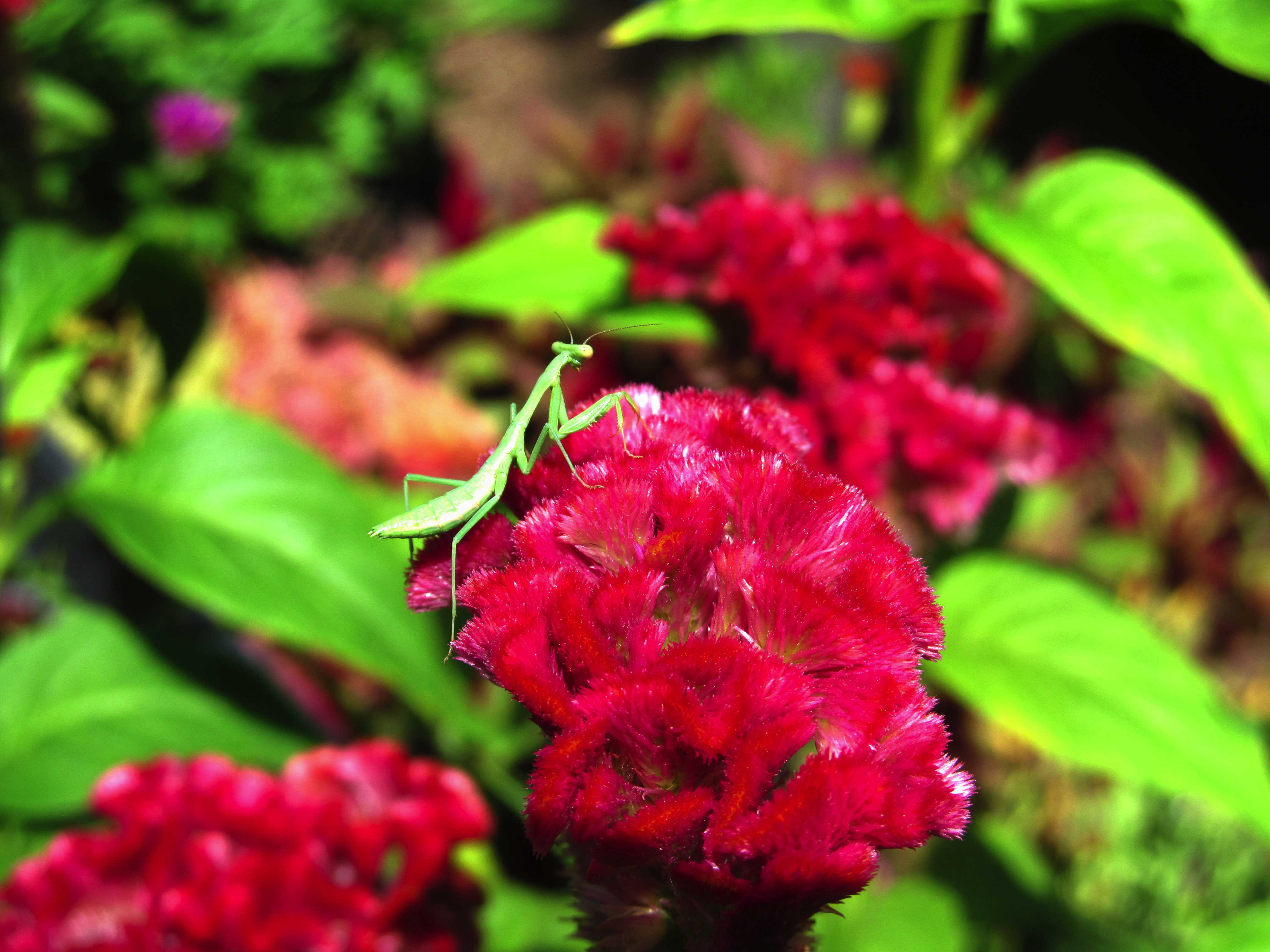
Celosia comes in two flower forms: plume and crested (shown here). The colors are vibrant, and the crested form is especially bizarre. Celosia are very fast and easy from seed. Flowers in the garden help to draw beneficial insects: here a young praying mantis roams across the bloom seeking food.
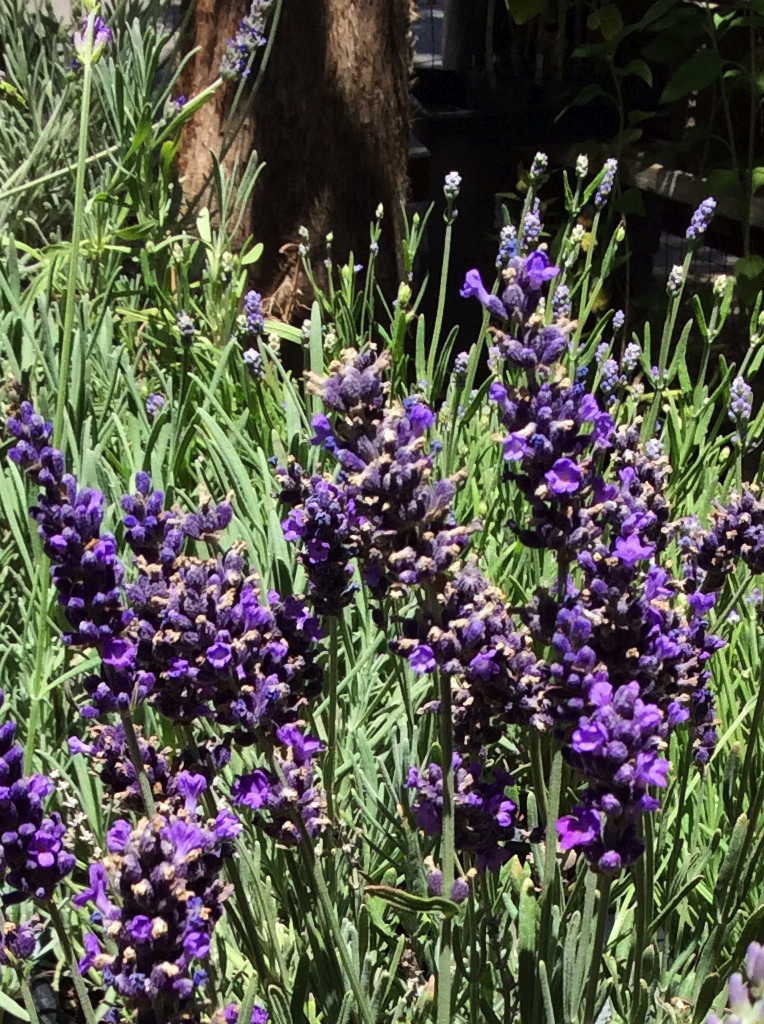 Lavender 'Phenomenal'
Lavender 'Phenomenal'
Living up to its name, this new variety of lavender has strong purple flowers that are very fragrant on a shrub that keeps a dense habit. Grown from cuttings, so look for it in pots in garden centers.
 Here is the plume-flowered form of celosia. These bright annual flowers love heat! Plant seeds in early spring indoors. Transplants can go into the garden in May and bloom through the summer.
Here is the plume-flowered form of celosia. These bright annual flowers love heat! Plant seeds in early spring indoors. Transplants can go into the garden in May and bloom through the summer.
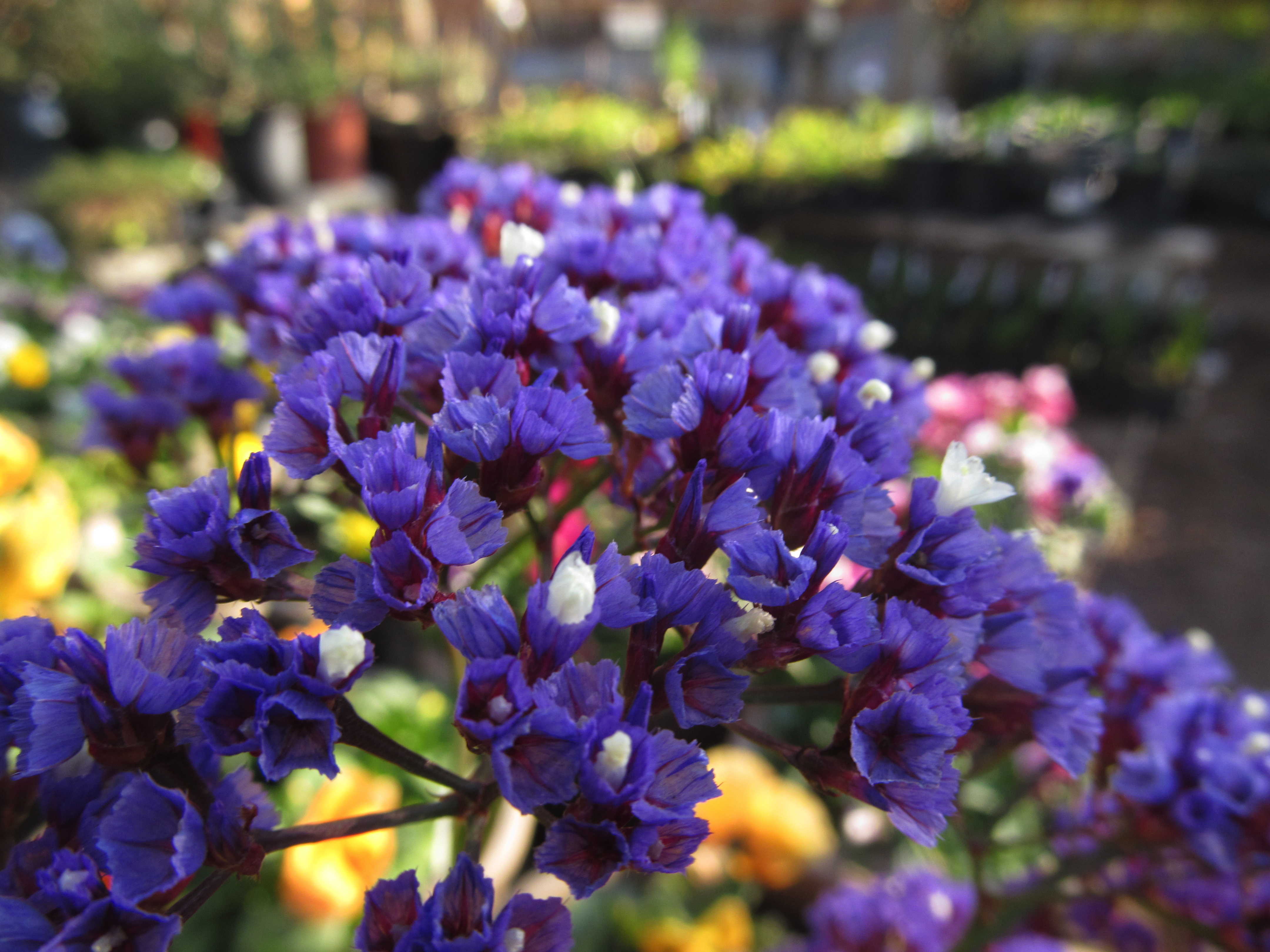 Statice (Limonium species) is another old-fashioned flower that has annual and perennial forms (perennial Limonium perezii is shown here). Annual forms, very easy from seed, come in a range of colors and bloom summer through fall. All statice make great dried flowers.
Statice (Limonium species) is another old-fashioned flower that has annual and perennial forms (perennial Limonium perezii is shown here). Annual forms, very easy from seed, come in a range of colors and bloom summer through fall. All statice make great dried flowers.
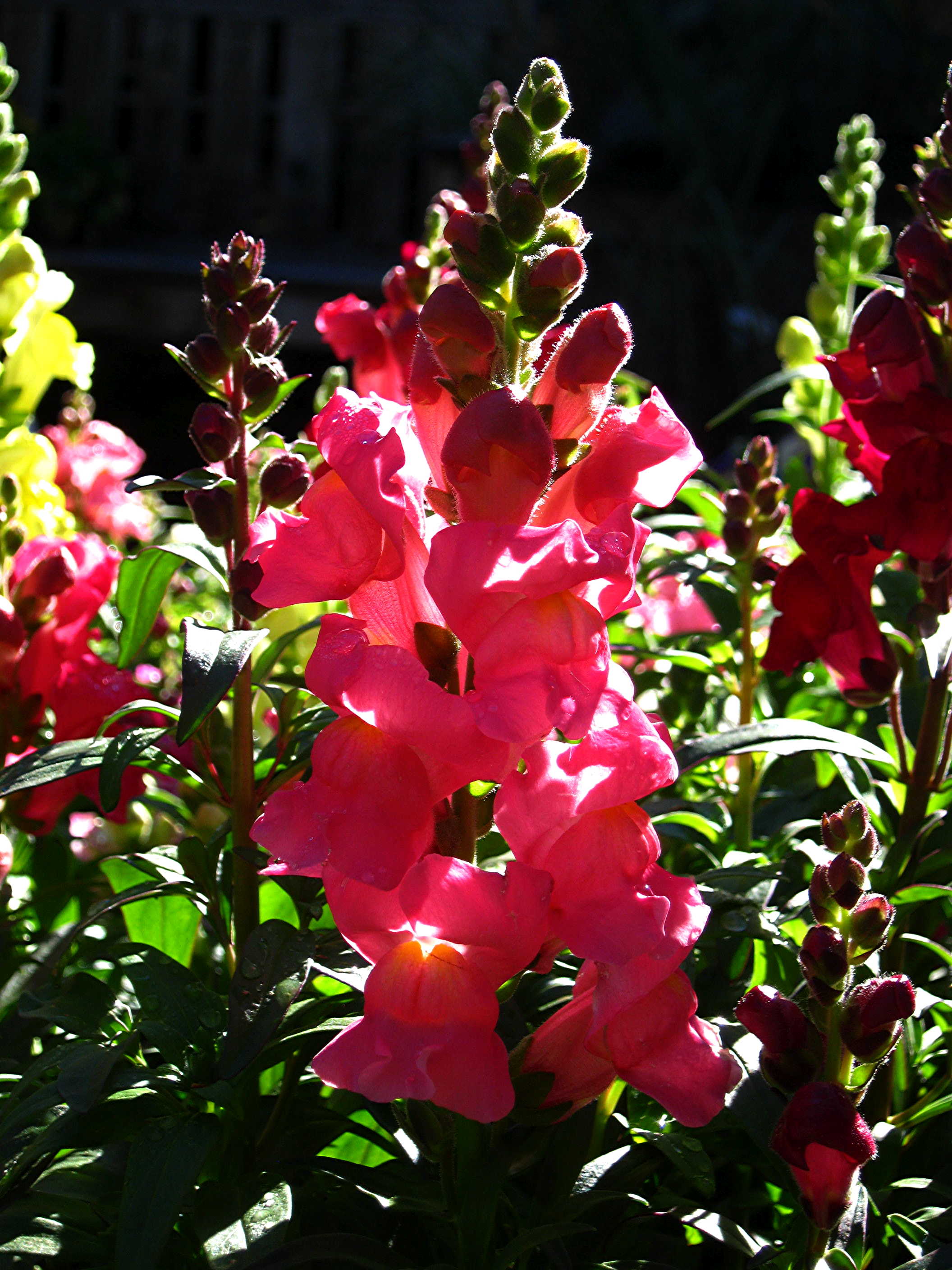 Snapdragons can be planted in fall or early spring, and will bloom until very hot weather, possibly even through the summer. Plant seed in late summer, plants in fall and winter.
Snapdragons can be planted in fall or early spring, and will bloom until very hot weather, possibly even through the summer. Plant seed in late summer, plants in fall and winter.
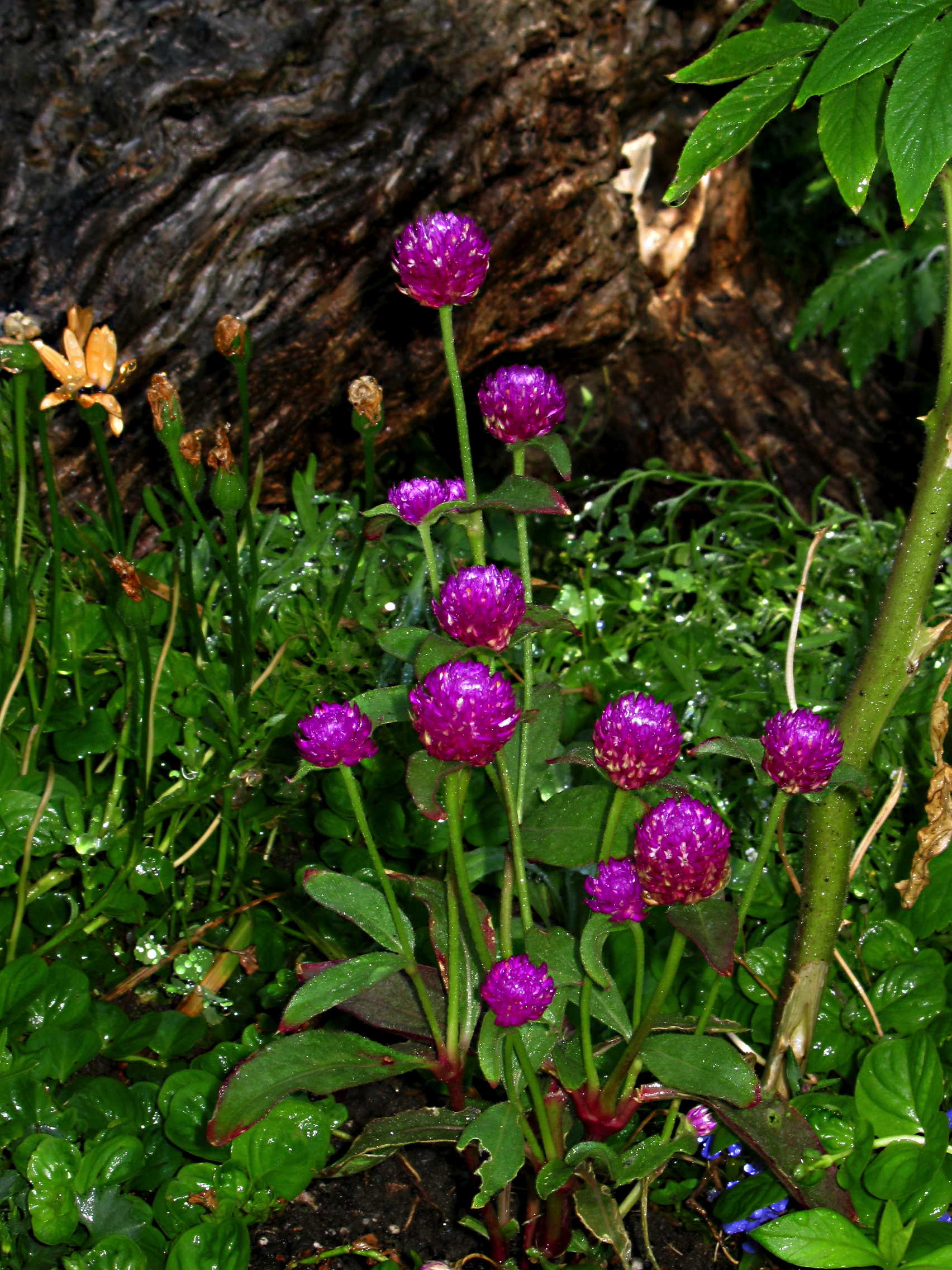 Globe amaranth (Gomphrena) is an old-fashioned flower that should be grown more! Its easy, the flowers are vivid magenta, and they dry well.
Globe amaranth (Gomphrena) is an old-fashioned flower that should be grown more! Its easy, the flowers are vivid magenta, and they dry well.
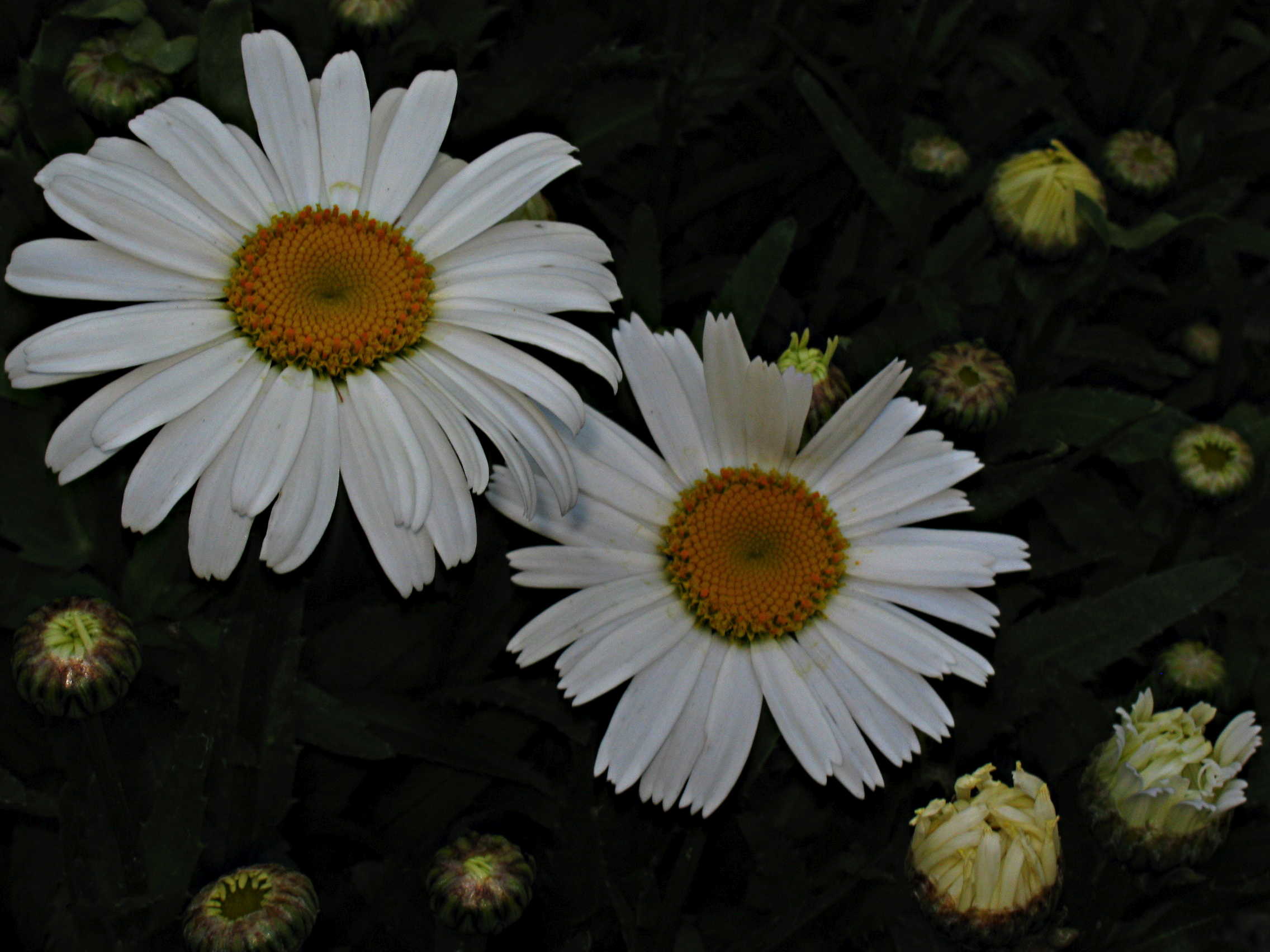 Shasta daisy was introduced by Luther Burbank in 1890, and is still a garden favorite for its easy care and long season of bright white daisies. Nurseries prefer to sell the short-growing varieties, which look great in the pots and in the garden, but the older, taller varieties such as Alaska have longer cutting stems. Alaska shasta daisy can be grown from seed.
Shasta daisy was introduced by Luther Burbank in 1890, and is still a garden favorite for its easy care and long season of bright white daisies. Nurseries prefer to sell the short-growing varieties, which look great in the pots and in the garden, but the older, taller varieties such as Alaska have longer cutting stems. Alaska shasta daisy can be grown from seed.
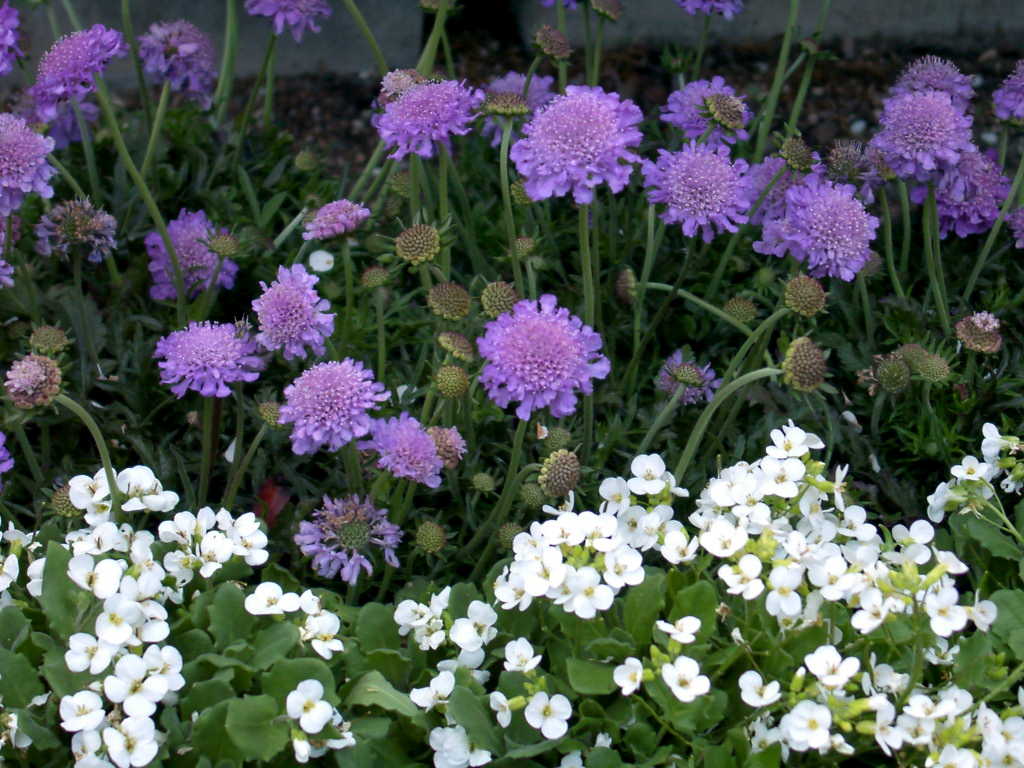 Annual pincushion flower (Scabiosa) comes in a range of colors from pastel to very intense. Seed sown in January and transplanted out in March or April will bloom mid-summer.
Annual pincushion flower (Scabiosa) comes in a range of colors from pastel to very intense. Seed sown in January and transplanted out in March or April will bloom mid-summer.
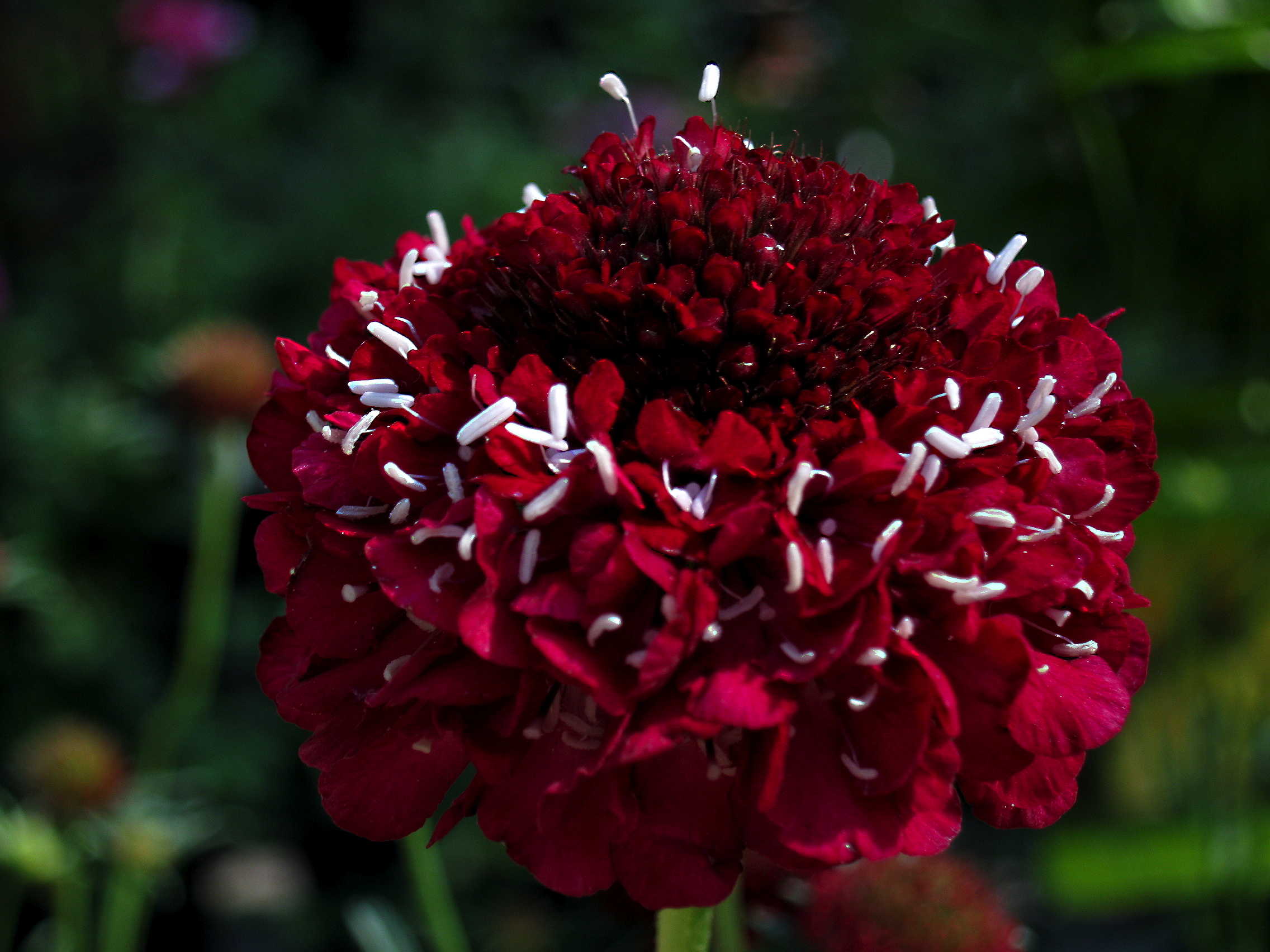 Annual pincushion flower (Scabiosa) comes in a range of colors from pastel to very intense. Seed sown in January and transplanted out in March or April will bloom mid-summer.
Annual pincushion flower (Scabiosa) comes in a range of colors from pastel to very intense. Seed sown in January and transplanted out in March or April will bloom mid-summer.
Rainy days are seed catalog weather!
I just realized how old that makes me.
One of those shared family traditions that our children will not experience, with the rise of the Internet, is the winter pleasure of seed catalogues. My
father was a dedicated customer of the W. Atlee Burpee Company, and December marked the arrival of the picture-packed glossy catalogues. A special treat,
from a very early age, was being allowed to select some type of flower or vegetable seed packet. And then he mailed off the check and waited. And waited,
and waited. "Allow 8 to 10 weeks for delivery!" Can you imagine?
My parents were very much of the empirical school of learning. They wouldn't tell me something was too difficult. Don wants to order fibrous begonia
seeds, even though they're about the size of dust and require very careful germination? Fine. He'll learn. And we always had flowers in and near the
vegetable garden. It turns out that is a great way to get pollinators and other beneficial insects to come to your garden, but mostly we just did it
for the beauty of the blooms.
This all came to mind from some recent questions from gardeners who wanted to talk about flower gardening:
I want to grow my own flowers for cutting.
I have a garden event in May and want a lot of flowers blooming then.
I want a border of mixed flowers so there's something in bloom all the time.
I like to have lots of flowers, but I want to use less water.
What are the basics to get a full border of flowers year-around?
Look for a spot in your yard with full sun. If your soil is heavy, turn in some soil amendment. Add some starter fertilizer with that soil amendment or
when you plant the seedlings. Water thoroughly to settle the soil. Flower borders can be watered with simple drip irrigation lines or soaker hoses to
conserve water. After the plants are installed, two to four inches of bark mulch will help reduce weeds.
People with great mixed flower borders tend to plant every few weeks around the year. Many gardeners get excited in spring, clean out their garden beds,
put in a bunch of young flowering plants, and stop for the season. That means that in about eight to ten weeks, things will look great. But in about
fifteen to twenty weeks, many plants will be overgrown, spent, and weary looking.
Planning for a garden event?
Seeds of annual flowers take two to three weeks to sprout, another three weeks or so to get to transplantable size, and then a few more weeks to start
blooming. So for that garden party in May, start planting seeds indoors in January. Of course, you can get a head start, or fill in gaps, by purchasing
plants that are further along. Look for plants just coming into bloom and plant them two to three weeks before the event to give them time to get through
transplant shock.
How about a cutting garden?
The nursery industry has a strong preference for shorter, more compact plants. Most varieties of flowers in packs at garden centers are much dwarfer
versions of the original. That's great for display and marketing (the plants don't get leggy so fast), but they don't make great cut flowers. You'll need
to search the seed catalogues, seed racks at garden centers, and internet suppliers for old-fashioned types to get longer-stemmed flowers.
For plants blooming late spring through fall, plant:
* Seeds indoors in pots in January through March.
* Seeds outdoors April through May.
* Seedlings of annual flowers March through July.
For plants blooming in winter and early spring, plant:
* Seeds in August to September.
* Young seedlings September through early November.
* Bulbs for springtime bloom October through January.
* Plant biennials in fall for bloom next spring and summer.
Management:
* Most flower borders are intermediate in water use: more water than your shrubs, less than your lawn. A flower border will look best if watered thoroughly
about once a week. Some flowering plants are very drought tolerant: Jupiter's beard, lavender, salvia, statice.
* Some plants will reseed happily through your garden: hollyhocks, larkspur, love-in-a-mist.
* A thick layer of mulch applied after planting can reduce weeds, retain moisture, and enrich the soil.
* Organic fertilizer applied in spring and fall helps keep plants growing and flowering well.
* Perennial flowers make your job a lot easier in the long run. Some are very long-lived; others last a few years. Expect to replace lavender shrubs, for
example, every 3 to 4 years.
Some general tips.
* When something works, increase it.
* Scale your plants to your available space.
* Repetition is a useful design practice that makes a border look orderly.
* Balance hot colors with cool colors. Grey foliage, such as dusty miller and artemisia, contrasts nicely with bright flowers.
* Have a backbone of plants with nice foliage for winter interest. These can be shrubs with attractive foliage for use in flower arrangements, such as
breath-of-heaven.
* If you don't want to start your own seeds, you can purchase flowering plants from four-inch pots and one-gallon plants any time. Look for younger plants
just coming into bloom.
Here is a short list of easy flowers, good for cutting, that would provide a year-round flower border.
Annual flowers for warm season:
* Cockscomb, Chinese woolflower (Celosia). Vivid fuzzy-looking flowers, either plume-shaped or crested. Loves heat.
* Cosmos (Cosmos bipinnatus). Shades of pink, rose, white on tall plants. Loves heat, reseeds.
* Globe amaranth (Gomphrena globosa). Flowers are strong purplish-red, long-lasting cut flowers, great for drying.
* Strawflower (Helichrysum bracteatum). Annual strawflowers look like papery daisies. Great for drying.
* Zinnia (Zinnia elegans). Heat-loving daisies in very hot colors, bloom all summer.
Annual flowers for cool season:
* Snapdragon (Antirrhinum majus). Plant in fall and winter. Hot colors, dramatic spikes of blooms into May, and sometimes continuing through summer.
* Calendula (Calendula officinalis). Reseeds freely, and may even bloom through summer. Not a refiined flower, but reliable.
* Sweet Pea (Lathyrus odorata). Plant in Sept. - Oct. (best) or February. Killed by summer heat. Beautiful fragrant flowers on winter/spring annual vines.
Most will climb to five to six feet.
Some carefree perennials for cutting:
* Black-eyed Susan (Rudbeckia species). Familiar prairie daisy with lots of new varieties available. Shades of gold, red, burgundy.
* Blanket flower (Gaillardia species). Late summer daisies with two-toned flowers.
* Columbine (Aquilegia hybrids). Spring-blooming, prefers shade. Very attractive to hummingbirds.
* Coneflower (Echinacea purpurea). Long-lasting magenta daisies in late summer. Magnus is especially easy to grow.
* Coreopsis (Coreopsis species). Orange daisies bloom late spring through fall.
* Lavender, lavandin (Lavandula x intermedia). Shrubs to two to five feet with very fragrant flowers from May through summer. Lots of varieties available.
Especially good are Grosso, Phenomenal, and Provence. Very drought tolerant.
* Penstemon, Beard tongue (Penstemon gloxinoides). Tubular flowers spring and summer on long stems. Hummingbirds love them. Midnight variety (blue) is
especially easy.
* Peruvian Lily (Alstroemeria hybrids). Very easy to grow in sun or light shade, spreads by rhizomes. Great cut flower.
* Pincushion flower (Scabiosa caucasica). Soft blue or pink flowers on long stems arising from a low-growing plant. Long season of bloom.
* Pinks (Dianthus chinensis). Cottage pinks; sweet-scented flowers in spring and summer.
* Salvia (Salvia hybrid Indigo Spires). Dark blue flowers on long spikes over a very long season. Very easy to grow. Very big plant for the back of the
border, but can be held to 4' by 6'. Will grow in shade. Mystic Spires is a shorter variant.
* Shasta daisy (Leucanthemum, formerly Chrysanthemum), x superbum). Classic big white daisies that bloom mid-summer through fall.
* Statice (Limonium perezii). Purple flowers over a very long season, summer through fall and even into winter. Great for drying.
We know now that planting a mix of flowers creates a healthy ecosystem that draws beneficial insects that help control pests, and brings butterflies and
bees and other pollinators to the garden. Whatever your motive, be it a healthier garden or just fulfillment of the senses, rainy days are great for
planning next year's garden.
Written for the Davis Enterprise, December 18 2014
© 2014 Don Shor, Redwood Barn Nursery, Inc., 1607 Fifth Street, Davis, Ca 95616
www.redwoodbarn.com
Feel free to copy and distribute this article with attribution to this author.
Click here for Don's other Davis Enterprise articles
